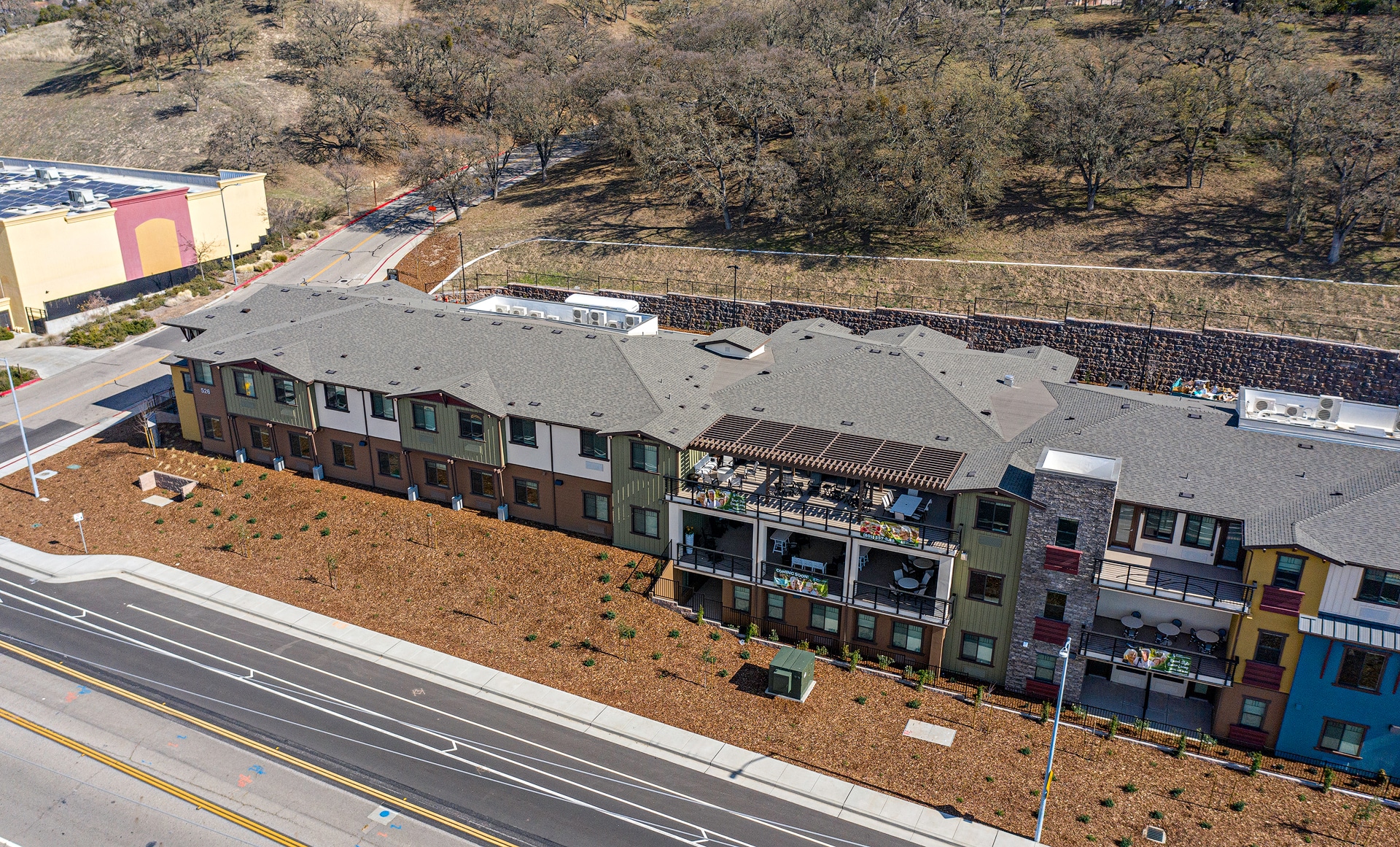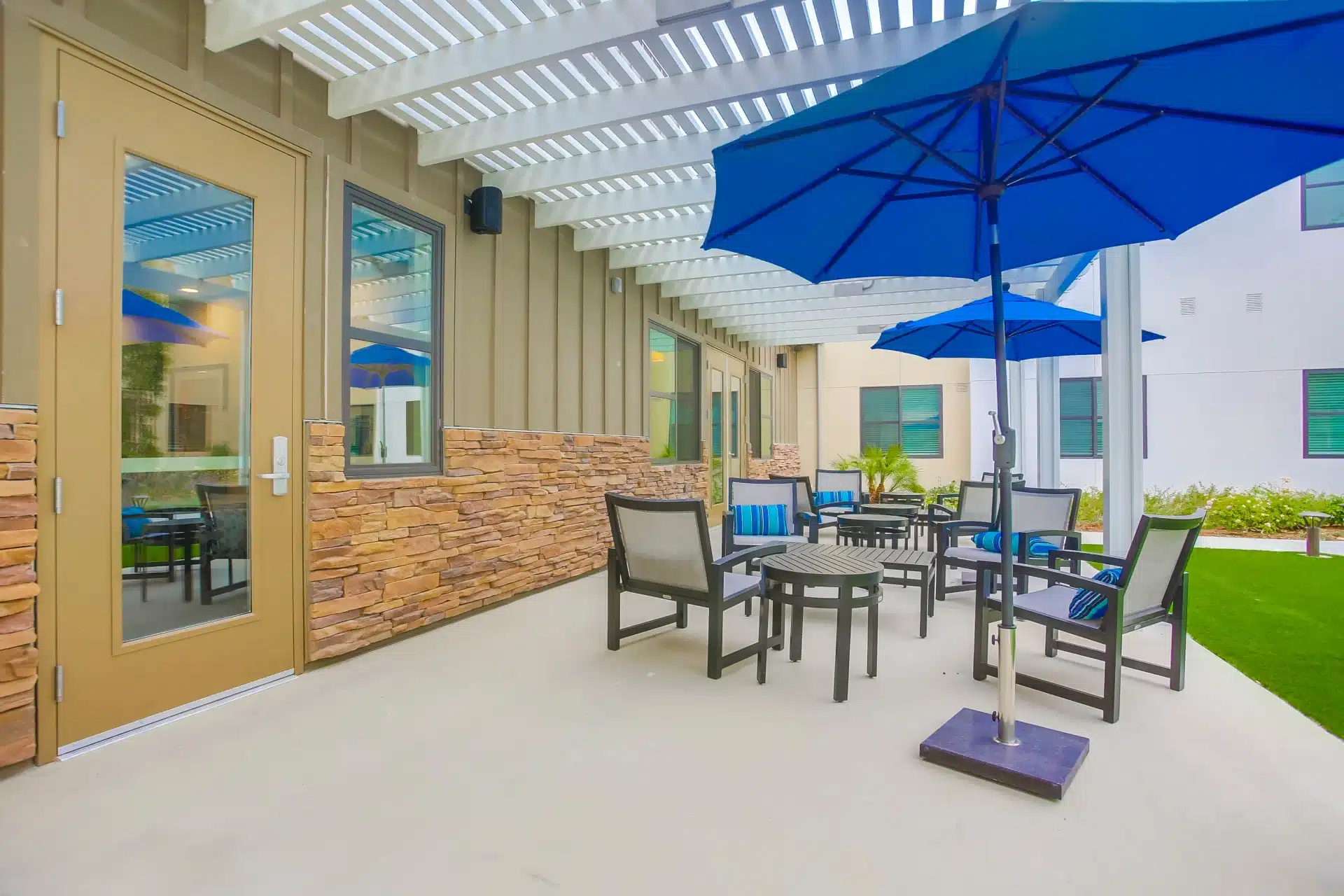
California Senior Homes: Costs, Amenities, and More
Explore Top-Rated California Senior Homes Today Finding the right California senior homes for yourself or a loved one can feel overwhelming. With many options across
Gain expert insights and practical tips to help seniors and their families navigate senior living with confidence.
Category: senior care

Explore Top-Rated California Senior Homes Today Finding the right California senior homes for yourself or a loved one can feel overwhelming. With many options across

24-Hour Care for Seniors: Expert Support at Westmont When your loved one’s safety and comfort become top priorities, exploring 24-hour care for seniors at Westmont

Nerve Healing Signs During Recovery at Westmont Nerve recovery is a gradual process filled with subtle but meaningful milestones. At Westmont of La Mesa, residents

Guide to Enjoying Retirement With Health and Happiness Stepping into retirement is a monumental life change that opens doors to new adventures, personal growth, and

Experience the Best of Assisted Living Encinitas Today Exploring the perfect place for your loved one can be a challenging but rewarding journey. Assisted living

Discover the Best Places to Retire for Active Adults in Riverside Riverside, CA is quickly earning a reputation as one of the best places to

Why Choose Assisted Living With Memory Care Today Caring for someone experiencing cognitive decline can feel like navigating a world full of uncertainty. For families,

Indoor Games for Elderly People That Bring Joy & Fun Did you know that engaging in indoor games for elderly people can boost cognitive function

Tasty Meals for Seniors: Recipes You Can Count On At Westmont of Fresno, we understand that every meal is more than just food—it’s an opportunity

Retirement Home vs Nursing Home: Key Differences to Know Nearly 70% of older adults will require long-term care at some point in their lives, deciding
Discover the level of care you or your family member requires.
Popular Blogs





Find out if you or your loved one’s current lifestyle is best suited for long, healthy aging.
Each of our communities across California and Oregon offers a unique blend of activities, connection, and wellness.
Embrace a lifestyle where your interests and independence are celebrated every day.
9000 Murray Drive La Mesa, CA 91942
Luxury redefined in a resort-style setting, tailored for dynamic senior living experiences.
190 Via Jero, Goleta, CA 93117
Where warmth meets care, curating an inviting senior living experience.
17050 Arnold Drive Riverside, CA 92518
A harmonious blend of belonging, independence, and enriching senior lifestyles.
All Rights Reserved. Powered by ConversionFormula.
Pick a Westmont community to explore and schedule your personal walkthrough!
Make yourself at home where a happy, healthy lifestyle goes hand-in-hand with your personal fulfillment, enrichment, and growth.
Answer a few quick questions to unlock the exciting future senior living can offer!